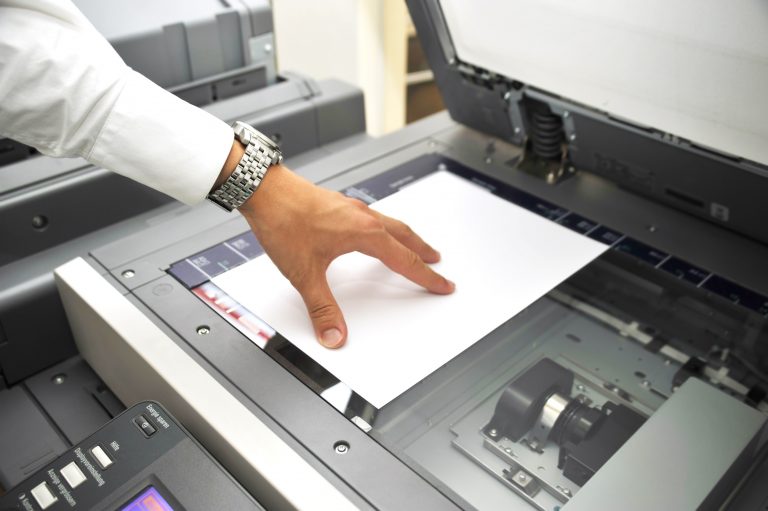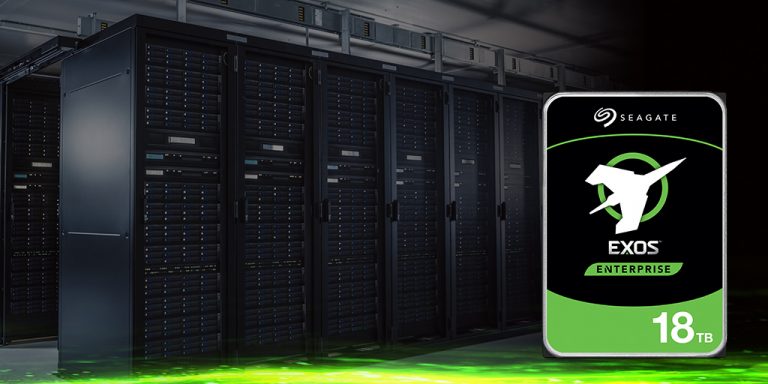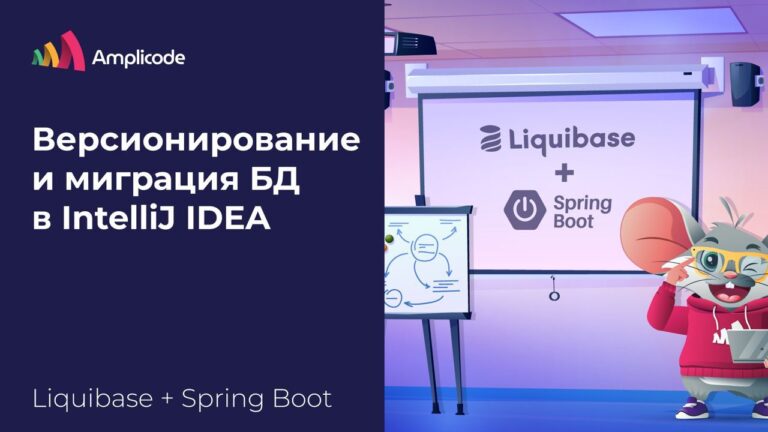a burden of the past or a tool of the future?
Changing the basic principles of software distribution, the massive use of cloud computing, and the distribution of programs created using artificial intelligence require a rethinking of the use of free licenses, their place in the modern world of information technology and the prospects for the further development of open source software. We discussed these trends at XIX conference “SPO in Higher Education” in Pereslavl-Zalessky.
The basic principles of software licensing were laid down about half a century ago. However, the world of information technology has changed quite a lot since then. For example, the spread of programs created with the participation of artificial intelligence has begun, and due to the massive use of cloud computing, new methods of software distribution have emerged. These changes force us to reconsider the role and prospects of software licenses. And especially free licenses, since by their nature they cover a huge, not predetermined circle of developers and users.
Are changes a threat to the existence and development of open source software, or is this a natural course of evolution?
Reincarnation of delusions. Free software and commerce—“two things that don’t go together”?
Events of recent years have led to the active development of an ecosystem of domestic software products, the development of which is closely related to free software. This caused an influx of a large number of neophytes – developers and especially users who had not previously been involved in the topic of open source software. As a result, questions began to be raised in the press, on online forums, and in conversations that the free software development community had answered 10-15 years ago.
Particularly heated discussions revolved around the question: can free software be commercial or should it remain free in 100% of cases? It is paradoxical that many people, without taking the trouble to understand the essence of the matter, categorically declare: “Free software and commerce are two incompatible things.”
Actually this is not true. Free software is not synonymous with free. A program is free if anyone has the right:
use a computer program for any purposes not prohibited by law;
gain access to the source texts (codes) of the program both for the purpose of studying and adapting, and for the purpose of processing the program;
distribute the program (free or for a fee, at your discretion);
make changes to the program (rework) and distribute copies of the reworked program, taking into account possible license inheritance requirements.
As follows from the last paragraph, the owner of the exclusive right to a software product can distribute it under any conditions. Free software undoubtedly belongs to commercial software, since it is developed within the framework of the corresponding business specialization: either to order for a specific end user, or with the expectation of a predetermined circle of end users, including for the purpose of making a profit.
There are a significant number of time-tested and market-tested methods for monetizing open source software, which in no way contradict copyright and patent law. On the contrary, the user is provided with the least burdensome exercise of the rights of the author of the work. In particular, the total cost of ownership (TCO) of a free product is always less than a proprietary one, at least by the cost of a proprietary license.
Changing the software distribution paradigm creates a paradigm shift in licensing
The main copyleft and permissive licenses for free software (GPL in all its variations, MIT, BSD and others) appeared at a time when software was distributed on floppy disks and other magnetic media, and each was accompanied by a license agreement. But now software is distributed in other ways, which requires a change in the licensing paradigm.
The first major adjustment occurred when cloud technologies and the SaaS model (Software as a Service) came into widespread practice. Under this model, any license, be it proprietary or free, simply ceases to work. How should software be licensed in a situation where a consumer purchases one copy of the program, installs it on a server and uses it to provide services to clients? The free community responded to the changes very quickly – with the appearance of a license GNU Affero General Public License or GNU AGPL. I recommend checking it out. Studying the use of GNU AGPL as a solution to the problem of software licensing for cloud computing allows us to identify mechanisms for adapting free licenses in the event of major changes in the distribution of free software.
A little later a license appeared Server Side Public License (SSPL). It was not accepted by the open community due to its redundant requirements. The license required the transfer to anyone who wants to use the software product, everything that is on the developers’ server, without any restrictions.
But we are interested not only in these licenses as such, but also in the ups and downs of their adoption. Life develops in a spiral, and now similar discussions have arisen in connection with a whole tangle of licensing contradictions that arise when creating, implementing and using artificial intelligence systems. Including issues of copyright for data used in the development of AI, as well as rights to the results of the activities of such systems.
Free licenses in the era of autarky: is the threat real?
The events of recent years indicate that we are gradually moving towards a model of autarky, and not only and not so much economically, but politically and legally. The disruption of the until recently unified legal space leads to the need to reconsider approaches to licensing software products. Including free licensing.
When choosing software products for an institution or organization, it should be taken into account that the presence of a free license in itself does not guarantee real freedom of use. It is necessary to carefully analyze various proprietary burdens in the form of technological or infrastructural limitations, which may result in the impossibility of actually using the products even in the near future.
But, fortunately, no significant changes have occurred in this direction over the past year. Autarky was a kind of hypothetical threat, and remains so for now.
Artificial intelligence: “Am I a trembling creature or do I have the right”?
The concept of open source was developed to allow developers to use, study, modify and share software without restrictions. But artificial intelligence (AI) works fundamentally differently, and existing core concepts cannot be transferred from the realm of human software creation to the realm of artificial intelligence creation. In particular, the question remains open: should AI be given copyright? There is, for example, an opinion that software created by AI does not require a license at all. After all, these products are not created by humans, and only the fruits of human labor need to be licensed.
Last two years OSI (Open Source Initiative, “The Future of Free Software») attempts to define in terminology what exactly an “open source” AI system is. OSI has formed a large group of experts who are actively discussing this topic. If you are interested, join us: the discussion is completely open, and bulletins of its current results are published every month. However, while the results are very conditional, the problem remains practically unsolved. Today, it is generally clear which components of an AI system must be open to study and modification in order for the entire system to be recognized as open, but it is not clear by what mechanisms these requirements can be implemented.
By the way, the use of large data sets by artificial intelligence during self-learning has raised the question: how to protect copyright holders from unauthorized use of their work by AI? There are a growing number of “AI trolls” among litigation initiators, operating in a manner similar to patent trolls. In the United States, for example, more than a dozen lawsuits took place regarding claims against software developers who used AI systems in their work. Microsoft made a rather bold decision in this situation and asked that complaints against developers using GitHub Pilot be forwarded to it. It is still unclear how long the company’s resources will be enough for such proceedings.
More permissive licenses – more closed source?
In recent years, the number of free software released under permissive licenses (BTD, Apache 2.0, etc.) has been increasing. They provide complete freedom to use, modify and distribute source and derivative programs under any conditions. In return, the user is only required to notify purchasers of the license terms and the authors of the original product. Numerically strong copyleft licenses1 lose their positions to permissives by about 1% per year. Will this development lead to the closure of a significant part of the code?
Research shows that there is no real danger yet. When preparing a report for the 19th conference “Open Software in Higher Education,” 17 of the most well-known projects for the development of free software products released under the Apach 2.0 license were considered. We checked: did any of them close the Apache code? It turned out that not a single project closed its code. Products have been and continue to be released, and no noticeable proprietary software has emerged based on these products. Why?
The reason is that free software is today the most effective means of inter-company exchange of advanced technologies. This is what keeps most developers from closing code that is released even under permissive licenses.
The cross-border nature of free licenses must be respected as much as possible. The use of free software in proprietary domestic products, as some supporters of “parallel import” call for, is a clearly negative trend and cannot be welcomed by the community.
Supporting open source software projects is a task on a planetary scale
Today, software products used by millions of organizations and businesses around the world include free software. However, open source software development projects, on which the performance and development of these software products depend, traditionally continue to be carried out by small groups of developers who do not receive the required level of support. The problem has become so acute that Forbes raised it in an article “The Future for Open Source” (“The Future of Free Software”). “A project used by millions can depend on a small number of people to monitor problems and keep it safe? There is widespread agreement in the industry that these members need support and skilled resources so they can continue doing what they love and value.”experts say.
The severity of the problem is also reflected in the recently published report for 2024 “State of the Open Source Maintainer” (“Study of the activities of maintainers of free software development projects”) by Tidelift, a company specializing in the support and maintenance of open source software. 437 maintainers of Open Source projects took part in the survey. 60% of maintainers noted that their participation in open source projects is an unpaid hobby, and 44% of them would like to receive monetary compensation for their contribution. Among the main reasons for dissatisfaction with their role in the project, respondents named: insufficient or lack of payment (50%), feeling undervalued (48%), additional stress (43%) and inflated user expectations (39%).
It is clear that approaches to supporting free software development projects need to change.
1Strong copyleft licenses (GPL family) are licenses that impose obligations on users to disclose the source code and license under the terms of the original license not only free components, but also all derivatives created on their basis.





